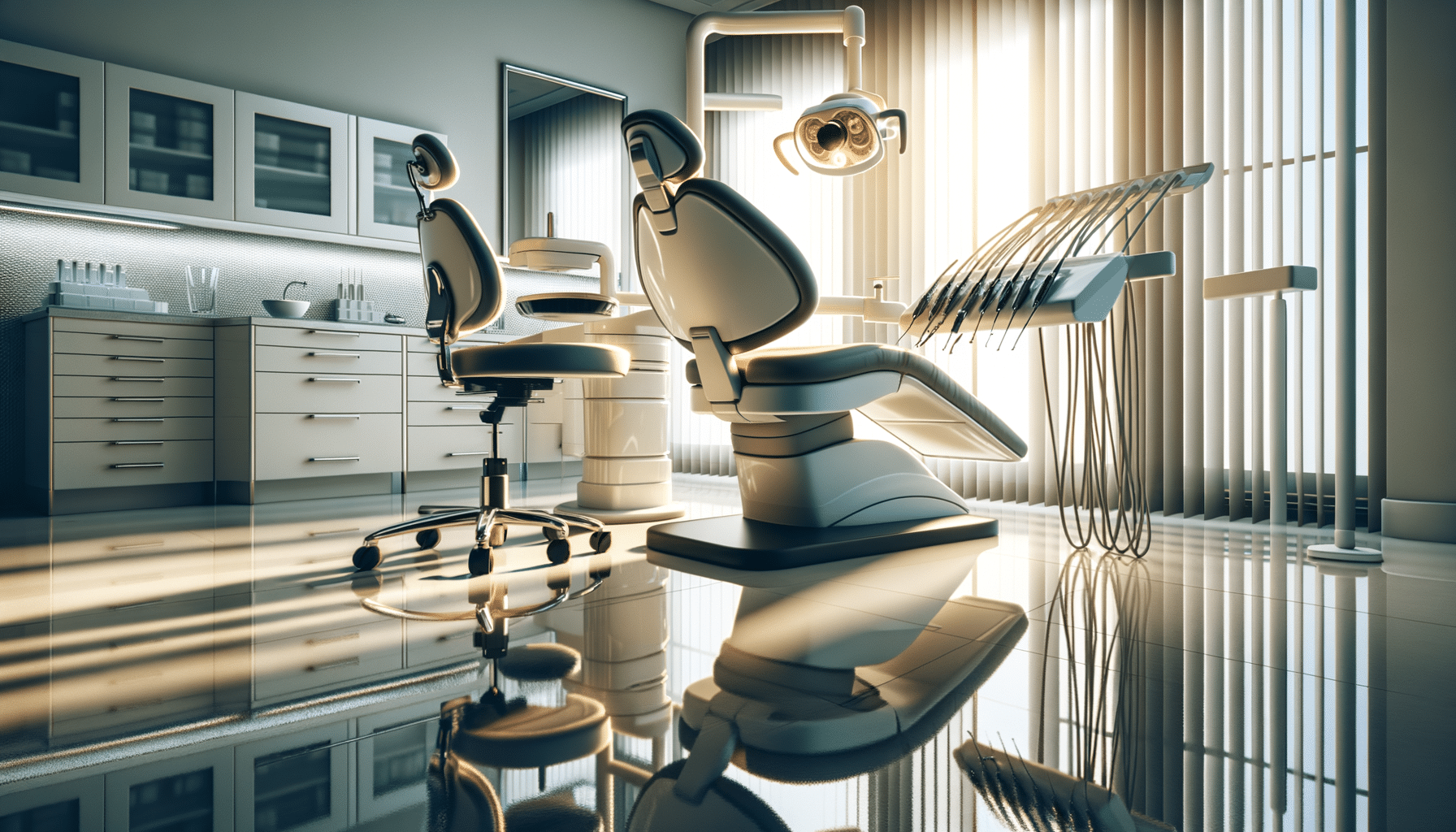
Learn about the Benefits of Regular Massage Therapy
The Historical Roots of Massage Therapy
Massage therapy is an ancient practice with its roots tracing back thousands of years. Originating in cultures around the globe, it has evolved into a diverse field with various techniques and applications. Ancient texts from China, Egypt, and India document the use of massage for healing and relaxation. In China, the practice was intertwined with the principles of traditional Chinese medicine, emphasizing balance and energy flow throughout the body.
In ancient Greece and Rome, massage was a common practice among athletes and soldiers, using techniques to relieve pain and prepare the body for physical exertion. The Romans, in particular, were known for their luxurious bathhouses, where massage was a key component of their health and wellness routines. This rich history highlights the enduring relevance and adaptability of massage therapy across different cultures and time periods.
Today, massage therapy continues to be a vital part of many people’s health routines, offering a blend of traditional methods and modern innovations. It serves as a testament to its effectiveness in promoting physical and mental well-being.
Understanding Different Types of Massage
Massage therapy encompasses a wide range of techniques, each tailored to specific needs and preferences. Understanding these variations can help individuals choose the most suitable type for their requirements. Here are some of the most popular types of massage therapy:
- Swedish Massage: Known for its gentle and relaxing nature, Swedish massage uses long, flowing strokes to promote relaxation and improve circulation.
- Deep Tissue Massage: This technique focuses on deeper layers of muscle tissue, often used to address chronic pain and tension.
- Sports Massage: Tailored for athletes, this type of massage incorporates techniques aimed at enhancing performance and preventing injuries.
- Hot Stone Massage: Utilizing smooth, heated stones, this method helps to relax tight muscles and balance energy centers in the body.
- Aromatherapy Massage: Combining massage with essential oils, this approach targets both physical and emotional wellness.
Each type of massage offers unique benefits, and consulting with a professional therapist can help determine which is most appropriate for individual needs. Understanding these differences ensures that clients can maximize the therapeutic potential of their sessions.
The Science Behind Massage Therapy
Massage therapy is more than just a luxury; it is grounded in scientific principles that explain its numerous benefits. The practice primarily influences the musculoskeletal, circulatory, lymphatic, and nervous systems. Studies have shown that massage therapy can effectively reduce muscle tension, improve circulation, and enhance overall relaxation.
One of the primary mechanisms by which massage therapy works is through the manipulation of soft tissues, which helps increase blood flow and oxygen delivery to muscles. This process aids in the removal of metabolic waste, promoting faster recovery from physical exertion. Additionally, massage stimulates the release of endorphins, the body’s natural painkillers, which contribute to reduced pain and enhanced mood.
Research also indicates that regular massage therapy sessions can lower cortisol levels, the hormone associated with stress, leading to improved mental health and reduced anxiety. This scientific backing underscores the importance of massage therapy as a complementary approach to maintaining health and wellness.
Incorporating Massage into Your Wellness Routine
Incorporating massage therapy into your regular wellness routine can significantly enhance physical and mental health. Whether you’re seeking relief from chronic pain, stress reduction, or simply a moment of relaxation, massage therapy offers a versatile solution.
To make the most of massage therapy, consider the following tips:
- Set Clear Goals: Determine what you want to achieve from your sessions, whether it’s pain relief, relaxation, or performance enhancement.
- Choose the Right Therapist: Look for a licensed and experienced therapist who specializes in the type of massage you prefer.
- Schedule Regular Sessions: Consistency is key. Regular sessions can help maintain the benefits and address ongoing health concerns.
- Communicate with Your Therapist: Discuss any specific areas of concern or preferences to ensure a personalized experience.
By integrating massage therapy into your lifestyle, you can enjoy a holistic approach to health that addresses both physical and emotional well-being.
Conclusion: Embracing the Benefits of Massage Therapy
Massage therapy offers a multitude of benefits that extend beyond mere relaxation. With its roots in ancient practices and its foundation in scientific principles, it stands as a powerful tool for enhancing both physical and mental health. Whether you’re looking to alleviate pain, reduce stress, or simply unwind, massage therapy provides a pathway to improved well-being.
As you explore the various types of massage and incorporate them into your routine, you’ll discover the profound impact they can have on your overall health. By embracing massage therapy, you are investing in a practice that supports your body’s natural healing processes and promotes a balanced, healthy lifestyle.


